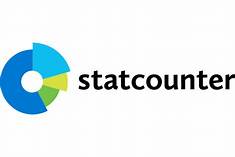EKSTRAKSI GLUKOMANAN DARI TEPUNG PORANG (Amorphophallus oncophyllus) DENGAN KOMBINASI PERLAKUAN WAKTU EKSTRAKSI DAN ANTI-SOLVENT
Abstract
Exports of porang tubers form glucomannan are more economically valuable than form of chips. Glucomannan is a water-soluble fiber that can be extracted using polar solvents and precipitated using non-polar anti-solvents. Selecting the best extraction time and using the anti-solvent ratio could increased the yield of glucomannan. The used of anti-solvent Isopropyl alcohol (IPA) had a lower dielectric constant compared to ethanol, so it is more non-polar. An aim of this research was to obtain the best yield from a combination of extraction time treatment and the ratio of IPA as anti-solvent. The design used was a randomized complete factorial design (RALF) with two levels that is extraction time (1, 2 and 3 hours) and the ratio of porang flour to isopropyl alcohol (1:10, 1:15 and 1:20). The results showed that the interaction of extraction time and IPA anti-solvent ratio had a significant effect on the yield of glucomannan. The interaction of the 2 hour extraction time treatment with the anti-solvent ratio (1:15) produced the best glucomannan yield that is 66.69%. The results of FTIR testing of porang flour and glucomannan extraction results showed a shift in the wave number for each vibration, especially in the fingerprint area. C-H vibrations from β-glycosidic and β-manosidic bonds resulting from glucomannan extraction were detected at wave numbers 806.25 cm-1 and 875.68 cm-1.















